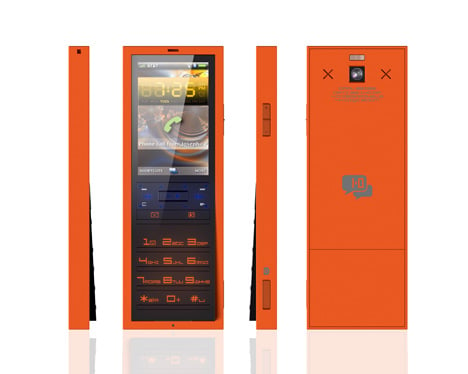With his lights and sirens blaring, D.C. police officer Lou Schneider raced to an emergency call, past dozens of startled onlookers standing on the crowded streets of the city's Chinatown area.
The ground beneath Schneider's patrol car literally was quivering.
"You know when this is coming up behind you," said Schneider, one of a few dozen D.C. officers who are using the department's newest sirens -- the ones that people can feel as well as hear.
"It vibrates everything," he said.
Meet the Rumbler.
The high-tech blaster is being used along with the traditional siren. It is aimed at grabbing people's attention and getting them to make room for officers responding to emergencies, helping police navigate through traffic faster and safer. People can feel it from about 200 feet away.


